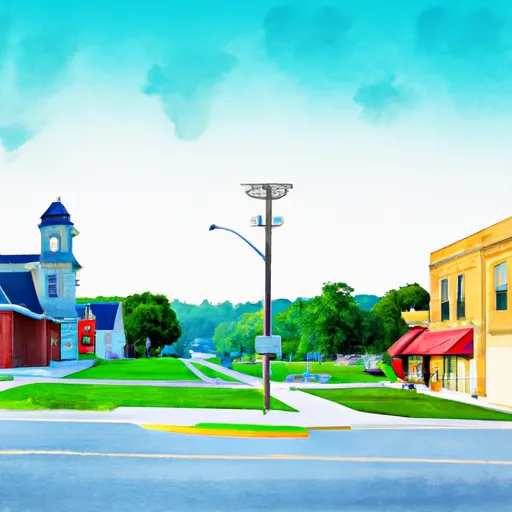°F
°F
mph
Windspeed
%
Humidity











Casco, Wisconsin is a small village located in Kewaunee County, which experiences a humid continental climate characterized by warm summers and cold winters. The area is enriched with natural resources and a variety of hydrology constituents including waterways, wetlands, and forests. Outdoor activities in Casco range from fishing and boating on the Ahnapee River and Lake Michigan to hiking and camping in nearby state parks. Other outdoor recreational opportunities include hunting, snowmobiling, and cross-country skiing during the winter months. Visitors can also enjoy local events such as the Casco Lions Parade and Festival, which takes place every August.
Weather Forecast
Casco receives approximately 784mm of rain per year, with humidity levels near 83% and air temperatures averaging around 8°C. Casco has a plant hardyness factor of 5, meaning plants and agriculture in this region thrive during a short period during spring and early summer. Most plants will die off during the colder winter months.
Regional Streamflow Levels
725
Cubic Feet Per Second
3
Cubic Feet Per Second
2
Cubic Feet Per Second
3
Cubic Feet Per Second
Nearby Camping
| Camping Area | Reservations | Toilets | Showers |
|---|---|---|---|
| Earl Park Rest Area | |||
| Mill Creek Park | |||
| Cayuga Park Campground | |||
| Forest Glen County Preserve | |||
| Rossport - Rainbow Falls Provincial Park | |||
| Paris City Park |



